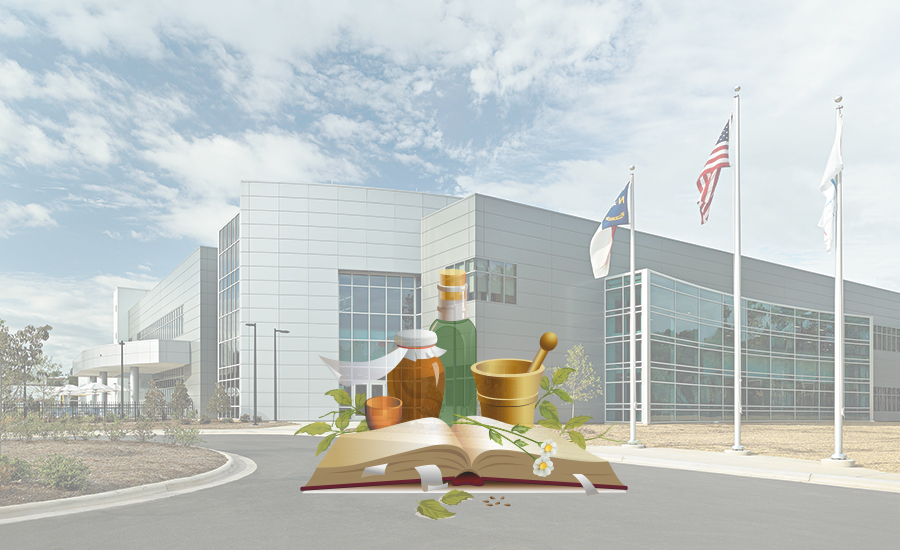International cosmetics market is currently one of the biggest and most rising markets in the world with a total profit of $640 billion being earned in this market by 2014 and is expected to reach $675 billion by 2020 at an estimated growth rate of 6.4% per year.

This rising requirement for the cosmetics has required multidimensional control mainly to check the ingredients used are non-toxic and do not contain microbial contamination. The hazardous cosmetics would pose a threat to customers due to presence of banned or restricted substances under in-force cosmetics laws which if found could lead manufacturing companies being banned from producing these products for someone which happened to one in 2014 when 62 cosmetic products from that company were recalled in the period of 2008-2014 due to microbial contamination.
How to make your product safe from microbial contamination
For a company that is manufacturing cosmetics, it is imperative for them to keep their products from being contaminated from microbes which can lead to them to having large losses in the business. The way most companies do this is by adding chemical substances like aluminum chloro-hydrate, zinc, alcohol etc which are able to kill the microorganisms that may contaminate their product while in the manufacturing stage. The one thing one needs to be careful while adding these chemical substances is where that product is going to be used on the body and the washing process since some of the substances may cause extra issues to the user’s body. Another thing one needs to be careful about is the reaction of the substance itself with the body which may cause some allergies to the user and the substance they are using in not banned by the in-force cosmetics law.
Banned substances under the in-force cosmetics law.

The in-force laws states that if a cosmetic product has been found to be contaminated or contain some banned substance depending on the concentration as well as which substance it is on the product side and the amount of products that were manufactured and the area at which these products were shipped to and sold to the manufacturing company side the licensed-officer which is assigned for this kind of cases can ban the company for sometimes. It doesn’t happen too often as the number is sometimes very few and the company is left with a warning but there are cases where this has happened. The substances one needs to be careful not to include in their cosmetic products are:
- Bithionol
- Chlorofluorocarbon propellants
- Chloroform
- Halogenated salicylanilides
- Hexachlorophene
- Mercury compounds
- Methylene chloride
- Prohibited cattle materials
- Sunscreens in cosmetics
- Vinyl chloride
- Zirconium-containing complexes
- Out of these zirconium-containing complexes is the most dangerous substance of these because it has toxic effects on the lungs of animals and causes the formation of granulomas in humans and most commonly, it is used in aerosol products. The next is vinyl chloride, which is again banned from being used in aerosol products because it causes cancer. Ban of sunscreen in cosmetics is a bit controversial because the reason why it is banned is a product which has sunscreen as one of the ingredients label the product as a drug or drug-based product which is a very controversial idea.
- Reliable manufacturing process
- A product which is used in the liquid form as a cosmetic then the process involves three stages during its manufacture. These are:-
- Melting and Mixing
- Pouring
- Packaging
- To make a reliable cosmetic product one needs to know the properties of the substances they are using to make these products. The reason for that is sometimes these products have properties which cause an issue during the manufacturing process. One also needs to be careful while choosing the ingredients which are to be used to create the product and see that they don’t have a reaction with each other. Another thing one needs to be careful about is the concentration at which they are used in the product as well as the melting point of these products since high melting points would cause them issues on the melting of the product.
When it comes to the melting part, the best way to do the melting is by doing in an isolated area which reduces the chances of the product getting contaminated. The issue with doing the melting outside (non-isolated area) is that although melting will most likely kill the microbes their body would still be there in the product and does it would still be contaminated. When it comes to mixing and pouring the substances used to do these should be kept clean so that no toxic substance gets mixed with the product.
There are a lot of steps involved in making a cosmetic product and there are proper guidelines one need to follow before he/she can make a reliable cosmetic product which doesn’t have issues and doesn’t get called back. One can only be careful while making a reliable contract manufacturing skin care cosmetics process for these products and a small mistake could cost them a lot. In conclusion, one also needs to understand this thing and accept it in parallel that creating a reliable manufacturing process is a time taking process that needs proper dedication and efforts. It is going to be a teamwork where lots of departments would be in operational mode and giving valuable inputs from their end.
